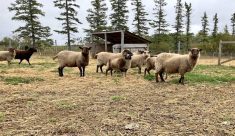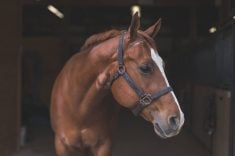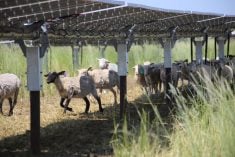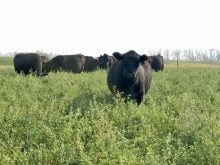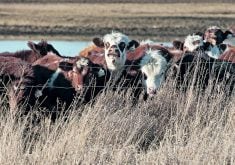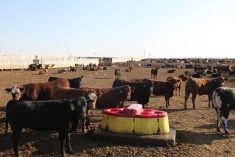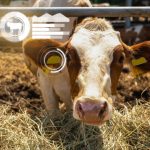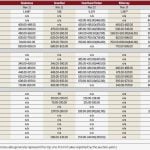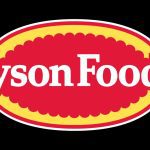Knowing cows’ nutritional needs and the cost of keeping them in a pen can help producers make wise decisions, says Bart Lardner, senior research scientist at the Western Beef Development Centre.
Lardner gave numerous money-making tips to producers at the recent Western Canadian Grazing Conference in Vermilion. Lardner, who is also an adjunct professor at the University of Saskatchewan, does research on the cow-calf sector, nutrition and backgrounding.
Many things affect profitability and this changes from year to year, said Lardner. Profitability is affected by droughts, feed efficiency, herd fertility and market prices. Market prices were strong in the fall of 2010. According to Canfax, prices are 30 to 35 per cent stronger on six-weight calves than they were a year ago, said Lardner.
Read Also
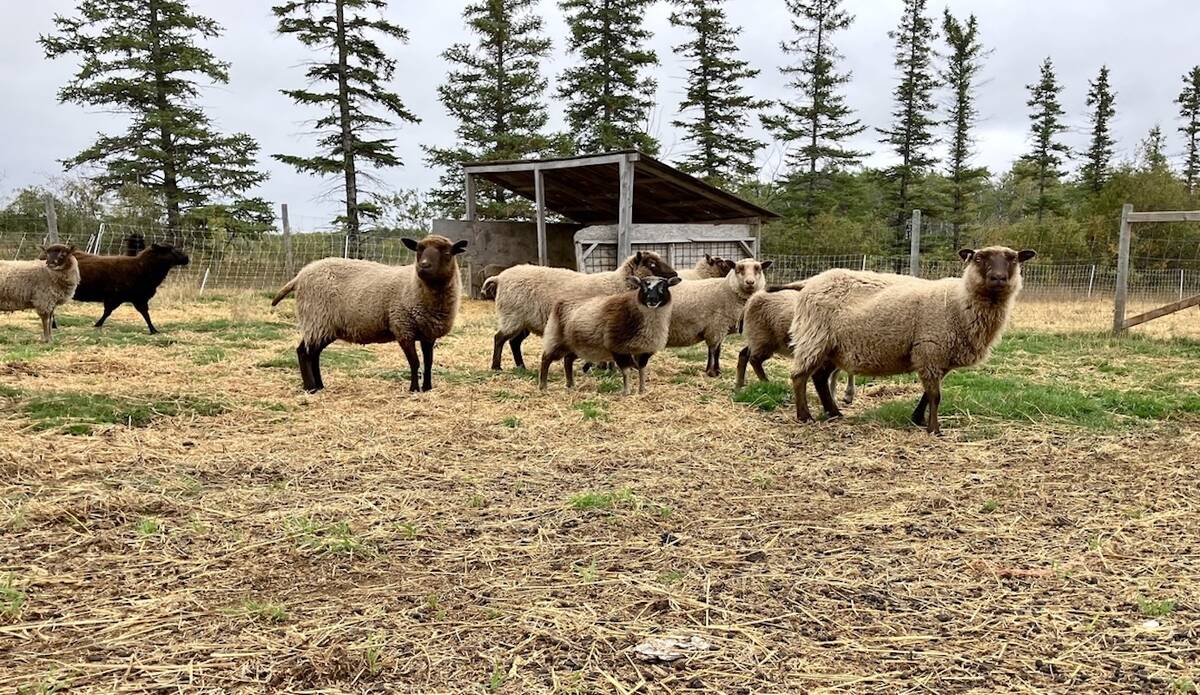
Mosquito-borne virus could be devastating to sheep breeding operations
Cache Valley virus, a mosquito-borne disease that infects small ruminants, could be a devastating hit to small operations.
Feed costs are the big concern and they can vary widely.
“Feed costs are a big part of a cow program in Western Canada because we need to feed a cow in cold, inclement weather,” Lardner said. “In the States, they deal with heat stress. Here, we deal with cold stress.”
Feed costs account for 60 to 75 per cent of the cost of keeping a cow, Lardner said.
According to research done by his colleague, beef economist Kathy Larson, it cost a producer $574 to raise a cow in 2008, including all yardage, fuel and feed costs.
Yardage
Lardner urged producers to look closely at their yardage costs, which includes the cost of the pen, labour, and maintenance. Adding in feed and bedding will raise this number, he said, while cows fed with a bale processor or a bale grazing system out in a field will cost 30 per cent less than feeding in a drylot pen.
Lardner cautioned his audience to avoid open cows and manage accordingly. If 48 cows are open in a herd of 400, this represents an open rate of about 12 per cent and that will have a significant impact on a producer’s bottom line, he said.
“Feeding or carrying an open cow throughout the winter and putting a hundred dollars of feed in front of her and doesn’t have a calf for you to sell is one of the biggest hits you can take in your pocketbook,” he said. “You have to identify those animals and not carry them over the winter. Try to weed them out.”
In addition, cows should not stretch the calving season any further, Lardner said. If the breeding season is tight, this will result in a uniform calving season and an economic benefit.
Lardner likes to look at the whole calendar year when managing a beef cow and her nutrition program. A cow’s nutrition program is most critical 30 days prior to calving and 70 days post-calving, he said. This is relevant for a calving season at any time of the year. The days prior to calving are critical as most of the growth of the fetus occurs during the last 30 days, he said.
Monitor BCS
Producers should monitor the body condition score of their cattle.
“It’s a good tool to measure how your animals are doing on whatever program that they are on,” Lardner said.
When cows are not getting adequate nutrition or if they are dealing with extra-cold weather, they will start losing body condition from their back fat. If animals do not have proper shelter-belts or windbreaks, they often use their energy to maintain their body temperature and lose body condition, he said.
Good body condition can also have an effect on reproduction.
“Pre-calving is probably one of the most important times. We want her in very good condition before calving, to get through calving and to get through that lactation phase,” Lardner said. Cows that lose body condition during the calving process will have a longer post-partum period, a delayed cycle and will not rebreed in time, resulting in an economic hit, he said.
Lardner said grazing on snow is a learned behaviour and cows have to become acclimatized to it. He does not recommend that cows do it in the third semester of pregnancy or during calving.
———
“IntheStates,theydealwithheatstress.Here,wedealwithcoldstress.”
BART LARDNER
RESEARCH SCIENTIST



